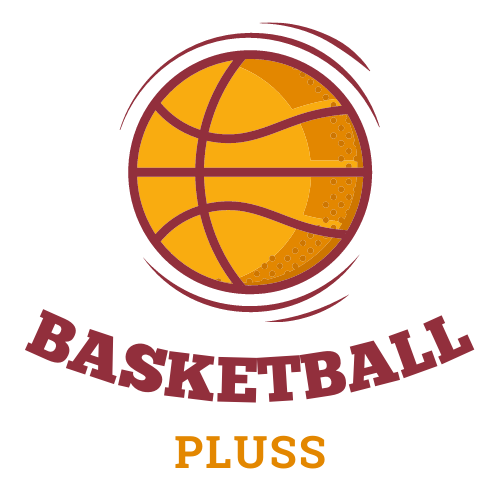What Is A Charge Foul In Basketball? A basketball charge is an offensive foul named on a player who collides with an established defensive player in the frontcourt. This is comparable to a blocking foul, which occurs when a defensive player sets up improperly beneath the basket and prevents an offensive player from making a move with the ball. Here’s a rundown of everything you want to know about a basketball charge.
How Can You Enhance Your Chances of Getting Charged?

What Is A Charge Foul In Basketball? When a defensive player makes contact, a charge call should be made. To increase your chances of getting this call, you should fall immediately after making contact with the offensive player to draw the referee’s attention. A little theatrics after a fall can sometimes raise the likelihood of a charge call. Overdoing the fall, on the other hand, may work against you because refs may assume you’re flopping.
Nonetheless, players should be aware of where their feet are when taking a potential foul. For example, a semicircle on the court will penalize you as a defender if you make contact with an offensive player throughout a shot.
What is the semicircle under the hoop on the basketball court?
The semicircle beneath the net is critical for determining whether a collision beneath the net is an obstructing foul or even a charging foul. This semicircle, which is a four-foot arc around the basket, is known as the restricted zone or restricted area. The goal of this court area is to keep secondary defenders from taking up position under the net as well as drawing charges on basketball movements such as layups or slam dunks.
On a basketball court, the restricted area has not always been a piece of the key. It only started in the 1197-98 season. During the 2011-12 college basketball season, the NCAA basketball implemented the utilization of the restricted area.
According to the NBA rulebook, a referee may use a replay system to examine a defender’s feet in order to rule on a block/charge call throughout a game. When a defender collides with a ball-handler while one foot is on the semicircle, it can result in a defensive foul as well as allow the opposing team to shoot free throws.
What Is the Distinction Between a Charge and a Block?
In basketball, a block, as well as a charge, are two distinct personal fouls that involve body contact near the basket. They are 2 sides of the same coin. As previously stated, a charge is an offensive foul committed when an offensive player collides with a defender who has formed a legal guarding role in the frontcourt.
Meanwhile, a charge is the inverse of a block. That is, a block is a defensive foul committed when a player hinders an offensive player who is dribbling the ball as well as attacking the net.
Advice for the Defender
When there is a charge, the referee will refer their arm to the opposite end of the court. That signal indicates that the play has shifted in the defensive team’s favor.
What Happens in Basketball After a Charge Call?

Two things happen when the referee signifies a charge call. Initially, the offensive player who initiated the charge is assessed a foul for the remainder of the game. The NBA requires 6 fouls to foul out of a game, whereas college basketball requires only five.
Second, on the charging play, there is an instant turnover. That means the defense team now has the ball and has a chance to score. Receiving a charge call in the last seconds of a match can have a significant impact on one team’s momentum.
Who are the NBA Players Who Draw the Most Charges?
When it comes to an effective defense, some of the NBA players are those who can draw charging calls cleanly. Using the charge rule to your advantage can help your team prevent a player from scoring.
During the 2021-2020 season, there was a three-way tie for the league lead in charges drawn. That year, Kemba Walker of the Oklahoma City Thunder, Montrezl Harrell of the Los Angeles Lakers, and Blake Griffin of the Brooklyn Nets, all received 22 charges.
Are Referees Poor Callers of Charges?
Some fans may critique officials if a charge is missed or a block is mistaken for a charge. What can aggravate matters is when basketball players flop as well as throw themselves down onto to the court after contact in an attempt to draw a charging call. This activity can make it more difficult for referees to effectively judge these plays, particularly if considerable contact occurs.
The NBA currently does not allow referees to use instant replay to review charging as well as blocking calls. When refs examine the tape to determine the legal implications of contact, it is usually to assess the location of a defender’s feet. This replay review may assist clarify things and improve call accuracy, but it will not assist referees to make up for missed calls.
Finally, What Is A Charge Foul In Basketball?
Charging is one of the basketball rules that help keep the game safe for the players on the court. It tries to limit incidental contact on the court as well as inspires players to shoot and pass the ball to make great plays.

